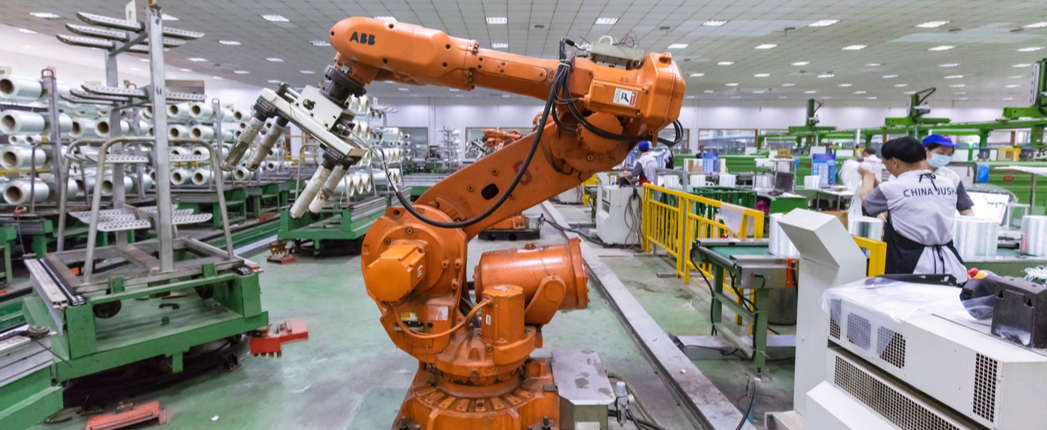
Greases can offer advantages over gear oils in helping to prevent wear of precision reducers – known as RV reducers or robot joints – an official from a Chinese lubricant supplier said during an online conference last month.
Proper lubrication plays a key to prolonging the life of RV reducers, which play a critical role in the performance and control of industrial robots, Zhao Ning of Liaoning Haihua Technology Co. said during an April 27 presentation for the European Lubricating Grease Institute’s Virtual Grease Symposium.
“China’s industrial robotics industry is growing rapidly, led by the global trend of industrial intelligence,” Ning told the symposium audience. “Due to the lack of labor market and the increasing manufacturing requirements, robots are widely used in various industries.” She cited as examples their use in welding, painting and assembling.
Ning explained that precision reducers are one of the core robot components, accounting for one-third of a robot’s overall cost. An RV reducer’s structure consists of a front stage with a planetary gear reducer and a rear stage with a cycloid gear reducer. Together they allow precise control of industrial robot power output and operating accuracy.
Ning said that damaged reducers are expensive to replace. “Generally speaking, 80% of reducer damage is caused by friction and wear,” she said. Proper selection of lubricant can prolong the service life of the reducer, reduce maintenance costs, improve efficiency and mechanical stability and help prevent equipment failure that’s caused by wear, scratching, pitting and heat.
The lubricant selection options for RV reducers include gear oils and greases.
According to Ning, gear oils offer adequate lubrication, and good heat dissipation and cleanability. However, she noted, they have high requirements for hermeticity – an air-tight seal – as they are prone to serious leakage that can contaminate the working environment.
Grease plays a dual role in lubrication and sealing, Ning said, and is an energy-saving and environmentally friendly lubricating material. Its key features include good flowing performance, excellent sealing performance, low power consumption and good wear and vibration reduction performance.
A product development concept arose that replaced gear oil with grease to lubricating robotic RV reducers. According to Ning, an application test has run smoothly for more than one year on the robot reducer of an automobile line, demonstrating it can meet robot reducer lubrication requirements. The test included the study of grease viscosity using a rheometer and focused on the tribological properties of the robot grease.
The Anton Paar Rheometer found the viscosity of the industrial robot RV reducer similar to that of special gear oil at 25 degrees Celsius, she said, “which proved the feasibility of replacing ear oil with semi-fluid lubrication from the perspective of viscosity.”
According to Ning, the industrial RV reducer grease offered comprehensive performance up to the technical level of imported products and offered more advantageous low temperature performance. “It has solved the problems of lubricity, long life and seal compatibility that are of concern to customers,” she said.
Ning described several RV reducer features. Typically they are small in size, with high transmission torque and transmission efficiency, high impact resistance. They are designed to offer accuracy that remains stable and a long life span. A typical industrial robotics arm may have RV reducers in its arm in multiple locations, such as where the arm has hinges, and another at the base that serves as the arm’s foundation.
Reducers face a variety of demanding working conditions in industrial environments, Ning said, such as poor compact heat dissipation and a long time full load operation. Reducers experience frequent start and stop and frequent reciprocating motion, she said, which makes it easy for micro-movement wear to take place. It is also easy for reducers to leak lubricant. Loaded working conditions and high torque mean it is easy for wear to occur, she noted.
She noted this results in a long list of important lubrication requirements – good oxidation stability, long life, sufficient oil film thickness, extreme pressure and wear resistance, anti-micro-wear performance and seal compatibility.